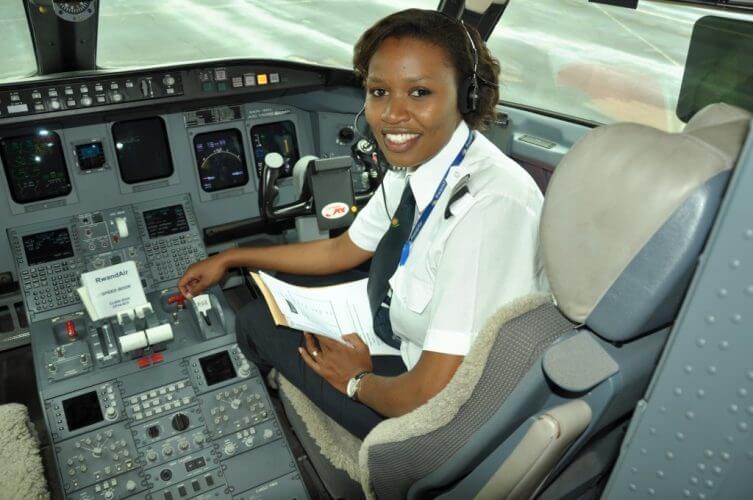To become an aircraft pilot in the United States, you have to earn a private pilot license, a certificate that allows you to fly an aircraft for recreational or commercial purposes. Many people use this license as the first step in training for commercial licenses and more advanced airlines, while others decide not to seek further certification than that. Regardless of your aviation goals, you need to complete a specific amount of flight time to earn a private pilot license.
Flight time with instructor
Before you can fly on your own, you need to pass several training exercises with a certified instructor. At this stage of training, known as “pre-solo” for aviators. You get complete lessons on the basics of flying an airplane, including pre-flight inspection, take-off, traffic patterns and landing, as well as instruments of flight, closed turns, recovery of loss of lift and emergency procedures. After completing this basic stage, your instructor sends you on your first flight alone. Although people need different amounts of time to complete this training stage, they usually end after 10 to 20 hours of flight.
Individual flight time
After your first solo flight, you will complete several local training flights alone. In addition, you must complete numerous flights to naughty and point-to-point field both alone and with your instructor. If you are completing your training at an informal “Part 61” school, you must complete at least 40 hours of total flight time, including at least 20 hours of individual time. If you choose to train in a “Part 141” flight academy, you must complete a minimum of 35 hours of flight time.
Average flight time to become an aircraft pilot
Very few pilots complete the flight training of aircraft within the minimum time frame of the Federal Aviation Administration. Instead, most take 50 to 70 hours of flight time to complete pilot training based on information published in 2009 by the Aircraft Pilots and Owners Association, a US-based aviation support organization. . Time varies based on multiple factors, such as weather, the skill of the pilot and the frequency of training. Naturally, students who fly regularly finish the training in fewer hours than those who train only occasionally. Want to get more info? Just get more information from Spartan College of Aeronautics and Technology, they even have HVAC training, as well as many others.

